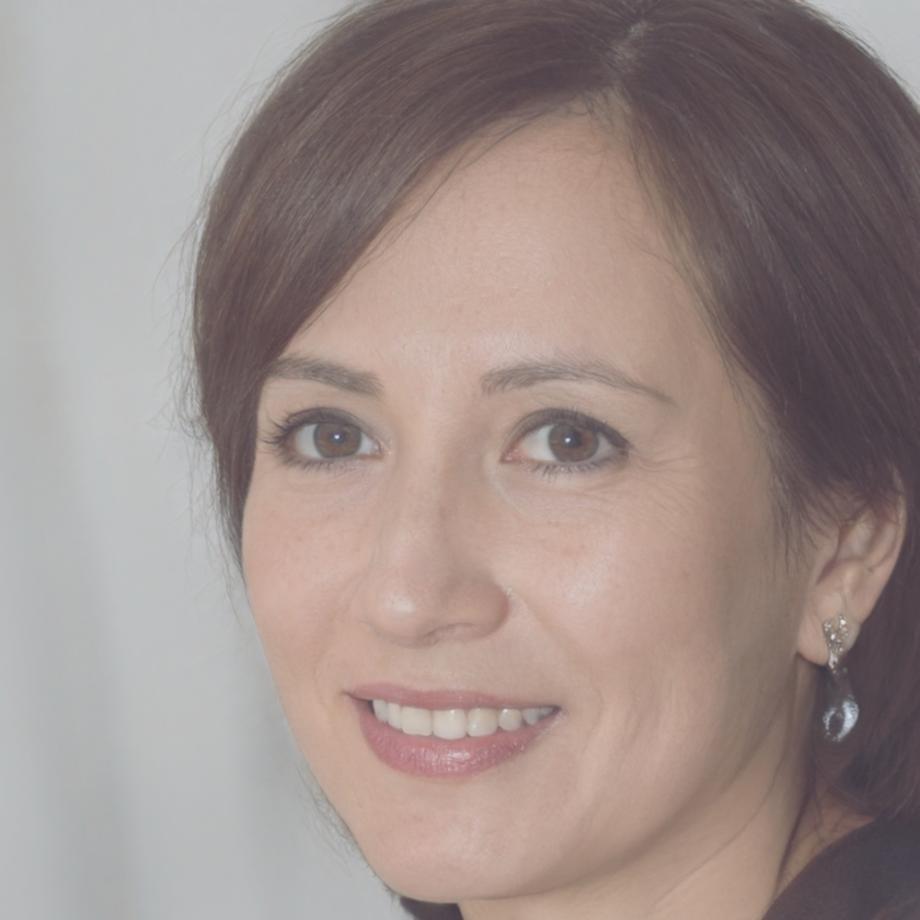Corporate Finance Program for Analysts
We built this program after spending years watching talented analysts struggle with real capital decisions. The curriculum reflects what actually happens in board rooms and quarterly reviews—not textbook scenarios that rarely match reality.
Valuation Methods
DCF modelling that accounts for market volatility. You'll work through actual merger scenarios from Australian deals between 2022 and 2024.
Capital Structure
Debt-equity decisions aren't theoretical when interest rates shift quarterly. Learn frameworks that adapt to changing economic conditions.
Risk Assessment
Measure exposure across currency fluctuations, commodity pricing, and regulatory changes specific to APAC markets.

Real Numbers from Recent Participants
The October 2024 cohort finished in March 2025. We tracked how they applied course concepts during their first six months. These figures come from self-reported surveys and follow-up interviews.
Most participants were already working as junior analysts or in adjacent roles. The program helped them contribute more confidently to forecasting discussions and capital allocation meetings.
What Previous Participants Mentioned
We asked graduates from the 2024 program what they found useful. Here's what they told us during March 2025 follow-ups.
The case studies used companies I actually follow. Seeing how capital decisions played out during the 2023 market shifts made the concepts stick better than any textbook could.
I joined with three years of accounting experience but minimal exposure to valuation work. The program filled gaps I didn't know I had—especially around weighted average cost of capital adjustments.
What helped most was comparing different approaches to the same problem. You realize there's rarely one correct answer—just better-supported arguments based on assumptions you can defend.


